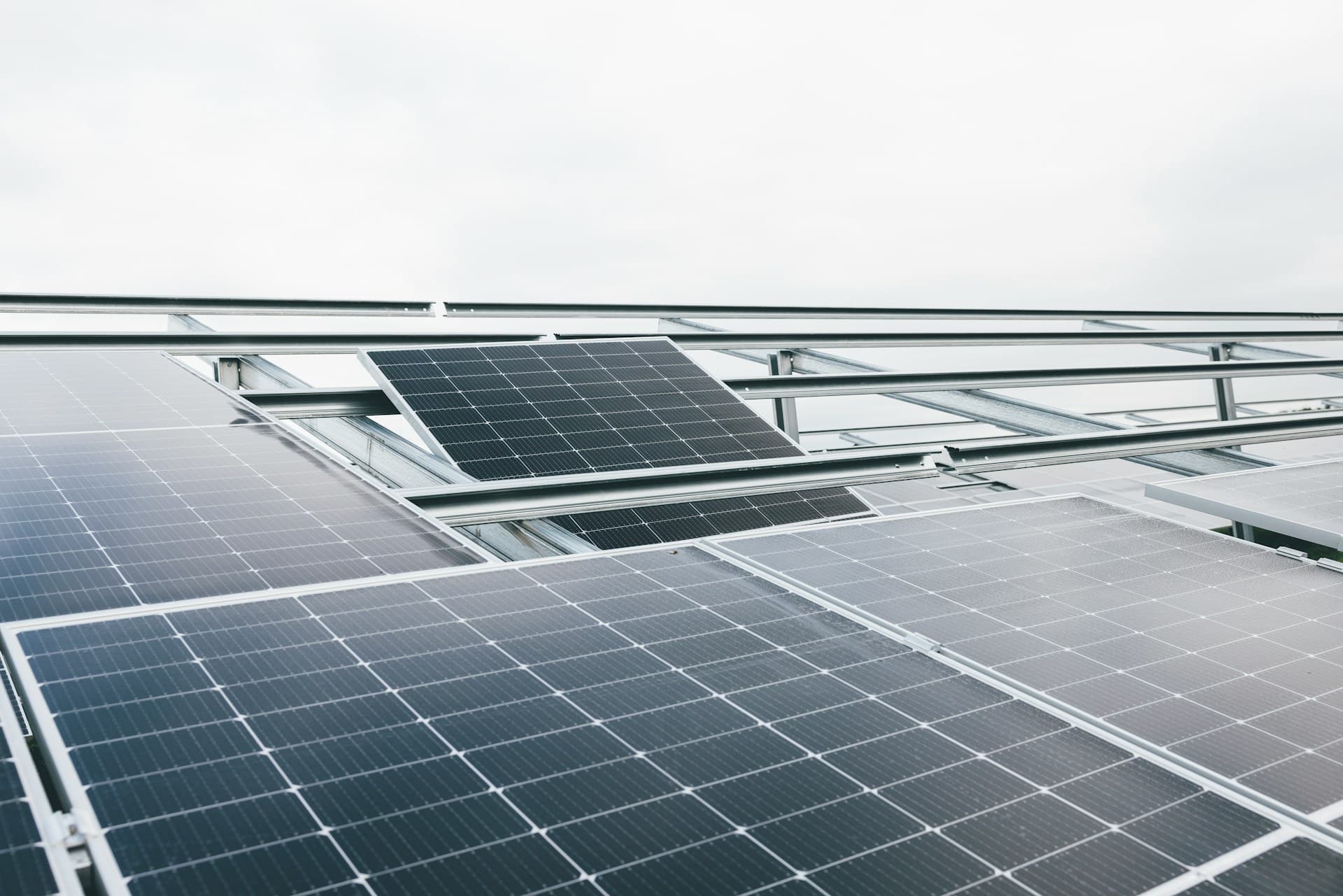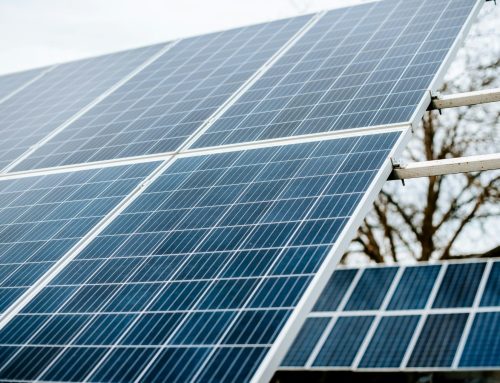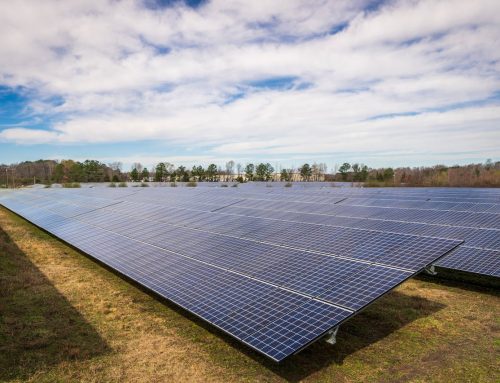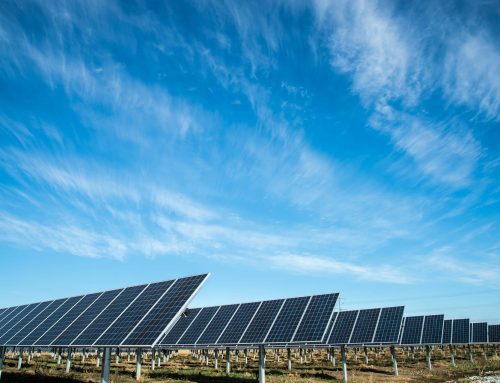Getting solar panels isn’t just about choosing the most efficient system or the best-looking panels. What’s often overlooked is how those panels are actually mounted to your roof. Proper mounting plays a big role in both the performance and lifespan of your solar setup. If it’s not done right, even the highest-quality gear won’t live up to expectations. Poor mounting can lead to leaks, misalignment or early wear and tear, which is the last thing you want after making a long-term investment.
In Adelaide, the type of roof you have and how it’s built makes a big difference to how solar panels are installed. Some homes have older roof structures that may need extra support, while others have awkward angles or low pitches that make mounting a challenge. August is the perfect time to plan your install before the summer sun really kicks in. So whether you’re in the early stages of planning or already weighing a few system quotes, understanding how structural requirements affect your solar panel installation in Adelaide can help you make smarter decisions.
Assessing Your Roof’s Structure And Suitability
Before anything can go up on your roof, it needs to be checked for suitability. A solar system adds weight. Your roof needs to be strong enough to handle that, and not all homes are built exactly the same way. Many Adelaide houses feature either tiled or metal roofs, with gable or hip-style designs. Each comes with its own set of pros and cons when it comes to solar panel installation.
These factors matter most:
– Roof pitch: Steeper pitches can help panels catch more sun, but they’re trickier to work on. Flatter roofs might need tilt frames to improve sun exposure.
– Material: Tile roofs may require extra care during installation to avoid cracking, while metal roofs often make cabling and mounting a bit simpler.
– Orientation: North-facing roofs in Adelaide usually get the most sunlight during the day, though east and west orientations can still be efficient with the right setup.
– Age and integrity: Roofs that are nearing the end of their useful life may need repairs or reinforcements before mounting anything.
– Obstructions: Large trees or nearby buildings might throw shade, which can lower panel efficiency, so placement has to be thought through.
It’s not just about checking for space. The installer needs to confirm the roof can hold the weight of the system, can handle wind loading and allow enough angle for optimal energy production. In older suburbs, where roof structures may not have been updated for decades, structural reinforcements might be needed. Getting this clear from the start keeps problems away later on.
Best Practices For Mounting Solar Panels On Different Roof Types
Adelaide homes vary a lot in design, and the way solar panels are attached really depends on the roof style. Knowing what’s possible can help you figure out which mounting method suits your home best.
1. Pitched roofs: These are common across suburbs. The roof’s natural angle often helps with positioning panels to catch good sunlight. Either rail or direct-to-roof mounts are used. The key is to stay clear of plumbing vents, aerials or anything else that might block the sun.
2. Flat roofs: While less common in residential areas, there are definitely homes around Adelaide with flat or low-pitch roofs. These usually need tilt frames to raise the panels at the best angle. Ballasted mounting systems (which use weights to hold things down instead of drilling) can sometimes be an option if roof penetration needs to be avoided.
3. Complex roof designs: Think about multi-level homes, sections with different angles or quirky additions. These take more planning. Installers will sometimes split the array across multiple sections of the roof to get around shading issues or to work with a tricky layout.
The best setups consider both structural safety and energy output. A good assessment should spot any weak spots in the roof, find the sturdiest anchor points for mounting, and make sure there’s enough airflow around each panel to avoid overheating. In hilly suburbs like Eden Hills or steep parts of Belair, panel placement and tilt angles take even more care due to natural terrain affecting sunlight angles.
Choosing the Right Mounting Hardware
Picking the right mounting hardware is as important as selecting the panels themselves. The hardware supports the entire system, ensuring it stays in place through wind, rain and even hail. Think of the mounting system as the foundation of your solar investment. A variety of options are available, including rail mounts, clamp systems and ballasted setups. Each serves different needs and roof types, so choosing one that fits your situation is important.
The durability and weather resistance of the materials used in the mounting system really matter. Galvanised steel and anodised aluminium are common choices, given their strength and ability to handle Australia’s harsh weather. This isn’t an area to skimp on quality, as any compromise could end up costing more in repairs or dropped efficiency later. It’s also smart to have a professional assessment to understand the specific needs of your roof and make sure the installation is secure and set up for the best energy production conditions.
Given Adelaide’s variety of environments, professional teams take local factors into account, from stronger wind pressures in open areas to salt corrosion potential closer to the coast. These small details impact mounting choices, hardware materials and spacing for ventilation.
Benefits of Proper Mounting for Solar Panel Efficiency and Longevity
Getting the mounting right from day one means your solar panels can do what they’re meant to do: generate clean energy with maximum efficiency. When each panel is correctly aligned and not obstructed, it captures more sun throughout the day. That helps boost the total power produced, which can lead to better value over time.
There’s more to it than just performance. Improper mounting can lead to gaps in sealant, shifting parts or pooling rainwater that damages components. Strong winds can dislodge panels if they’re not anchored well. By contrast, strong mounting avoids these risks. It protects your panels from wear, misalignment and breakages caused by sun, wind and moisture over the years.
Mounting also affects warranty outcomes. Most quality systems come with long warranties, but those can be voided if the mounting wasn’t done right. Getting it professionally handled reduces the chances of faults and keeps your warranty protections intact through proper documentation and setup.
Securing Long-Term Performance for Your Solar Panels
Your solar setup shouldn’t be a set-and-forget situation. To keep it running well year after year, it’s important to make sure the structure that supports it stays sound. Things like roof movement, storm damage or minor shifts over time can affect the panels’ alignment or hardware.
This is where professional services have real value. Regular check-ups help spot early signs of shifted brackets, lifting bolts or structural pressures. Trained technicians know what signs to look for and how to fix them before they impact energy output or lead to costly damage. This also helps make sure your warranty remains valid, which often requires periodic check-ins.
As suburbs continue to grow and change, it’s also possible that new construction nearby could affect how much sunlight your roof gets. If trees grow taller or rooftops next door are raised, adjustments may be needed. Fast response and flexible planning help protect long-term savings.
Trusted solar professionals in Adelaide do more than just install the system. They’ll provide ongoing support and know the challenges local homes face, whether it’s roof complexity, shaded blocks or unique structures. That knowledge helps keep the panels safe and efficient well into the future.
Ready to Optimise Your Solar Panel Installation in Adelaide?
Getting the most out of your solar panels starts with a solid base. Whether your home has a classic gable roof in Glenelg or a modern flat design in Norwood, proper mounting ensures great performance and peace of mind. Adelaide has its quirks when it comes to housing styles, and good planning means fewer surprises and better returns.
If you’re exploring solar for your Adelaide home or small business, now’s a great time. The right setup doesn’t just save on power bills, it sets your system up for decades of value and performance. Rearranging a panel after the fact or dealing with leaks from poor fittings is an expensive shortcut you don’t want.
Energy Buster specialises in assessing Adelaide roofs and recommending the systems that fit them best. Our team understands the value of detailed planning and solar setups that are made to last. With tailored installation strategies and long-term support, we help protect your investment while maximising savings.
Unlock the full potential of your home or business with expert solar panel installation in Adelaide. Whether you’re looking to cut energy costs or move toward a more sustainable setup, Energy Buster is here to support every step of the journey. Find out how our tailored solutions can deliver real savings and dependable performance year after year.






